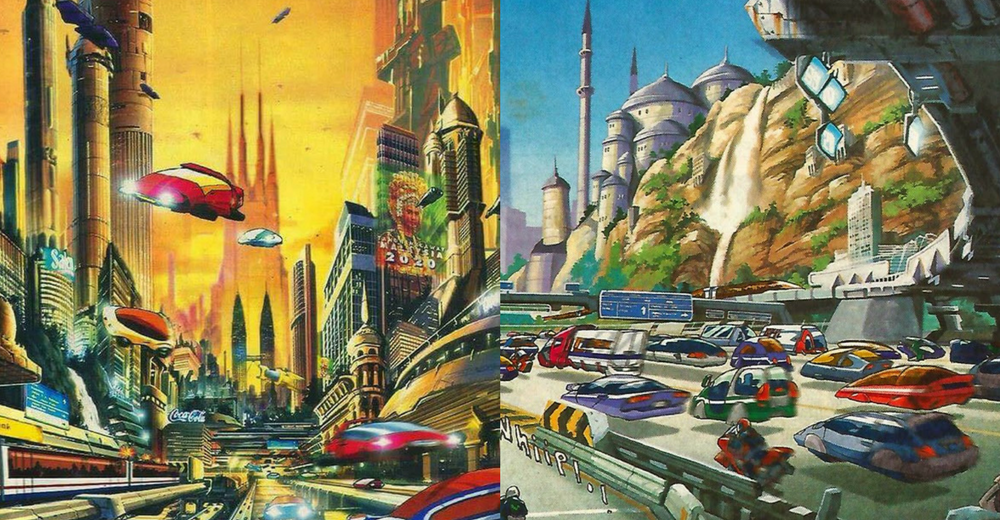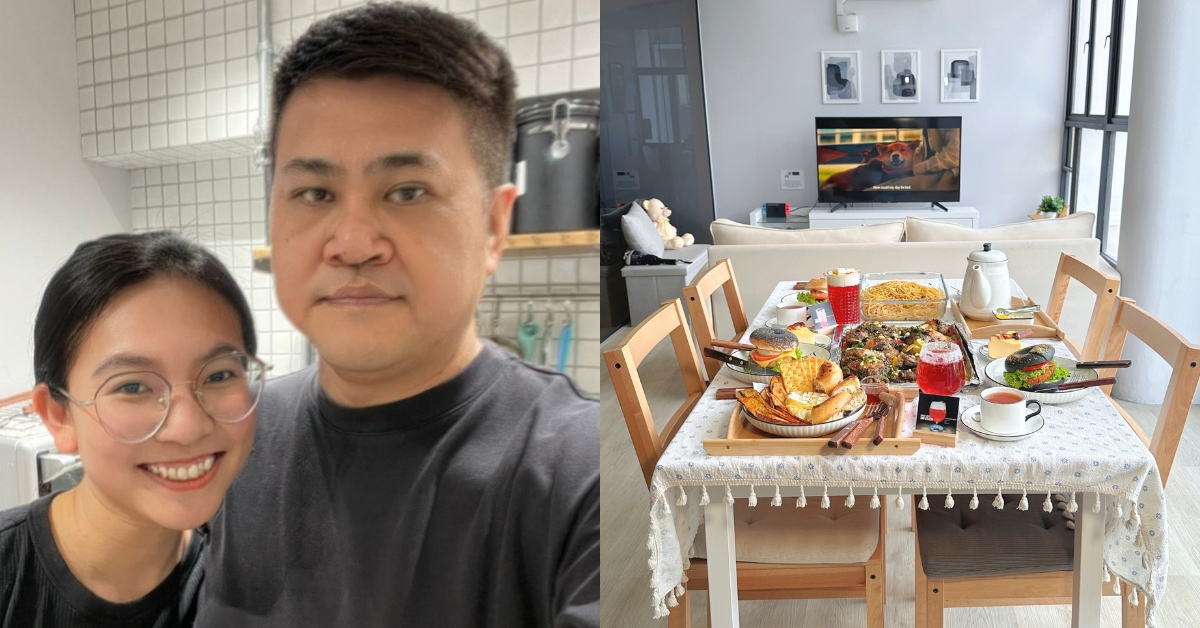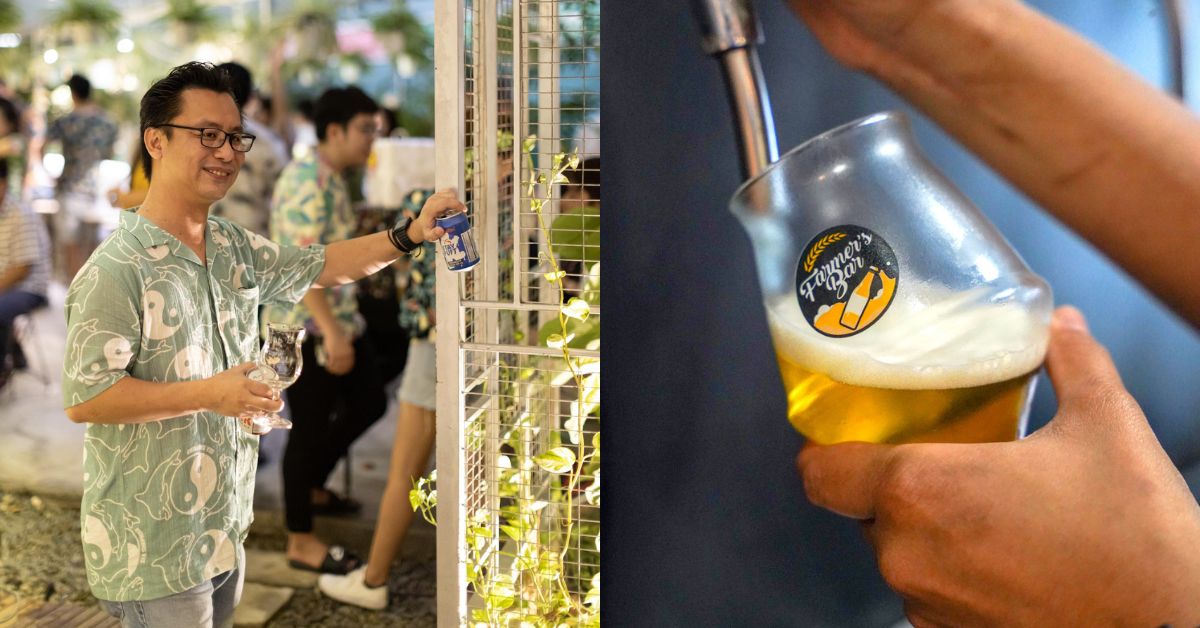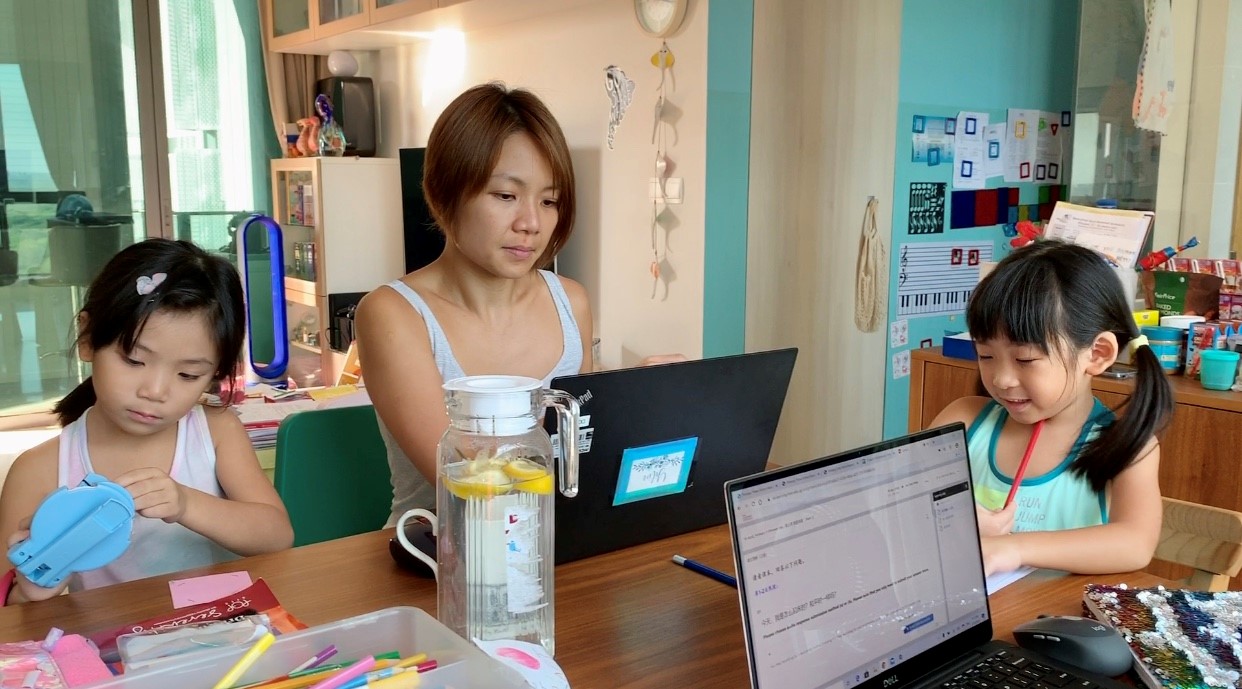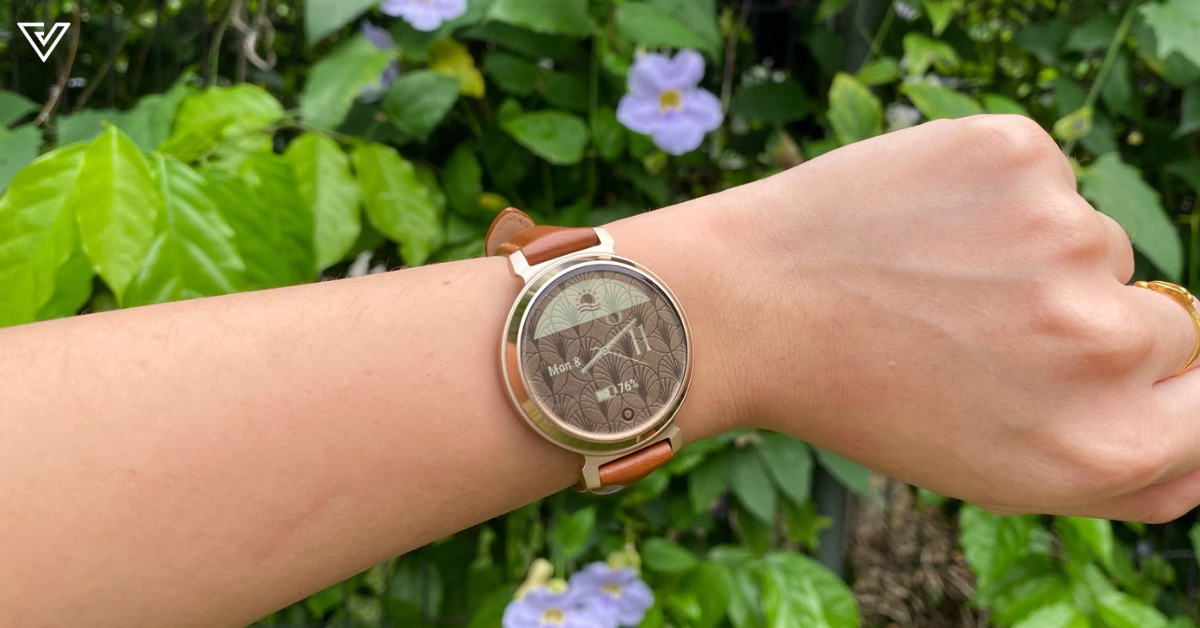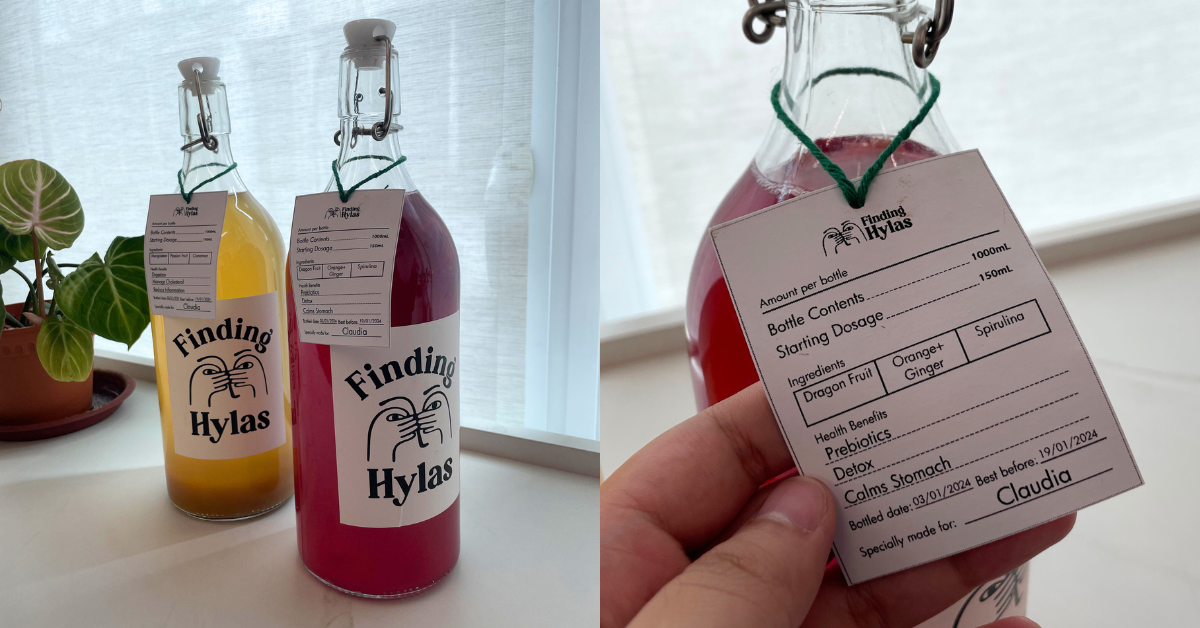With the new year starts a new chapter waiting to unfold for us.
This in turn also brings in the fact that we are merely 3 years away from reaching 2020, the year synonymous with all the hopes and dreams of seeing Malaysia become a developed and world-class country.
Since the then Prime Minister Mahathir Bin Mohamad first announced Wawasan 2020 during the Sixth Malaysia Plan in 1991, there have been countless efforts and ideas executed in order to bring this vision to life.
The images above are visual imagining of what a 2020 city would look like. However, they’re just images. We decided instead to try and break down the advancements and initiatives to see how real life measures up to the ideal.
The Kuala Lumpur Structure Plan for 2020 is a good template to properly evaluate the journey the city has gone through in achieving its target. So let’s do a bit of a comparison and see how close Kuala Lumpur now is to this concept art of what an artist envisioned 2020 to look like.
1) A clean river pathway system.
The biggest rivers that run through Kuala Lumpur would namely be Sungai Klang and Sungai Gombak where they merge into one in the heart of the city. So what is the sight we see when we take a look at these rivers?

Due to the fact that the rivers originate from the highland areas in the northern part of Kuala Lumpur, there is massive suspension of solid loading as evident from their muddy colour. A major contribution to the situation is the discharge of silt from construction sites.
Thus we ask what has been done to combat this?
The government started an ambitious multibillion-ringgit plan called the River of Life project in 2012 that aims to clean up the river to a level safe for recreational use. The plan hopes to see the river’s under-utilised banks converted into land suitable for commercial and residential use in order to generate jobs and buzz.
The project removed the concrete walkway and opened up the entire riverfront by adding plenty of green spaces to the area and there has been water treatment plants placed to improve water quality. The nearby old market has been planned to also become Kuala Lumpur’s new food and drink hub.
It is said that this complete landscape makeover will cover the entire 10.7 kilometer stretch of riverfront land, from Sentul to Seputch. So though the execution may be on the slower side, initiatives are being taken to ensure that the rivers flowing through our city will be clearer and cleaner.
2) Preserving the greenery.
The importance of having greenery in urban spaces has been documented before, and no developed modern city should neglect to have green lungs in their cities, both for aesthetic and practical purposes.
Our government has highlighted some landscaping and beautification programmes that have been carried out in recent years to keep up with the vision of Kuala Lumpur being a Tropical Garden City.

One of the biggest initiatives to date would be the announcement of Taman Tugu, a rainforest park equipped with various amenities for people to enjoy the natural surroundings right in the city centre. This RM650 mil public park project is set to be executed on 2018 and will be completed by 2020 in time to fit in with our national vision.
3) Creation of airborne vehicles.
Back in 1940, Henry Ford said, “Mark my words: a combination airplane and motorcar is coming. You may smile, but it will come.”
Well, we’re nearly 80 years later and there is still yet to be a flying car that has reached production stage. The global automotive industry is still working hard to find ways on how to incorporate the flight aspect into cars in time for 2020 when it was predicted to be the main form of transportation at that point.
Even in our own vision of Wawasan 2020, we dream of clear streets in KL, without the traffic jams clogging it up. Zooming and zipping across the sky, everyone gets to go where they want to without being stuck in one place for hours.
So how far is this dream?

Most likely, not that far. A Slovakian firm by the name of AeroMobil is currently working on its fourth prototype flying car with plans to start taking orders for its vehicles as soon as 2017. Though it may seem to be a luxury item, the AeroMobil team has chosen to focus on the practical benefits of the vehicle such as cutting commuters’ travel time and helping people travel medium distances.
So there is still hope that by 2020, the dream of owning a flying car could be possible.
4) More towering skyscrapers.
Kuala Lumpur has been widely known around the world for the high rise buildings scattered around the city and as time passes, there have been more plans to include taller buildings.

One of the projects announced that will feature the tallest building in Malaysia and the 4th tallest building in the world upon completion is The Tradewinds Square Tower A. It will be around 775 metres high and have 150 storeys. The project is estimated to be completed by 2020.
Other projects include Oxley Tower 1 and 2 which both will be 380 metres high, and Platinum Tower which will be 430 metres with 90 floors.
Looks like the vision of a skyline bristling with tall buildings isn’t too far off.
5) Implementing better pedestrian walkways.
Kuala Lumpur was actually identified in the Federal Government’s Economic Transformation Programme (ETP) as being quite pedestrian-unfriendly due to: no proper linkages between buildings, not having the right continuity and being unfriendly to the physically-challenged as well as the elderly community.

In comparison to the image showing a wide spaced area for pedestrians with proper fencing that makes for better safety, there hasn’t been much done in terms of providing an efficient system for the citizens walking about in the city centre.
The Urban Transportation Department of DBKL has been appointed to address this issue and create a comprehensive pedestrian network by upgrading 42 kilometres of walkways into barrier-free, disabled-friendly ones by 2020. The target was to provide a safe and comfortable walking experience to those in high pedestrian traffic zones namely around transportation hubs.
Some of the approaches used to achieve this are by having inclined entrances, anti-climb fences to minimise potential criminal opportunities and tactile paths for the blind.
DBKL has stuck to their word and have upgraded 48.9km worth of walkways as of last year. Budget 2017 also announced a proper allocation of RM2.1 million would be given for National Key Result Area projects such as the construction of pedestrian bridges and covered pedestrian walkways.
So hopefully this means that by 2020, we’ll be able to come closer to this concept art of instilling a safer and more efficient walkway system that can benefit us all.
What are your thoughts on this? Can we achieve this image or do you think we’re still far off? Leave your thoughts in the comments below.
Feature Image Credit: Sourced from Rileks Comic Issue 15 Year 1997

